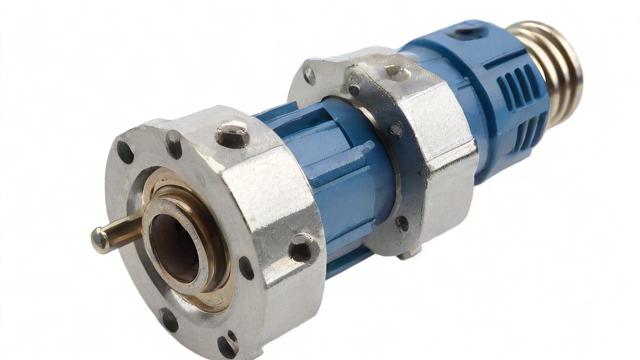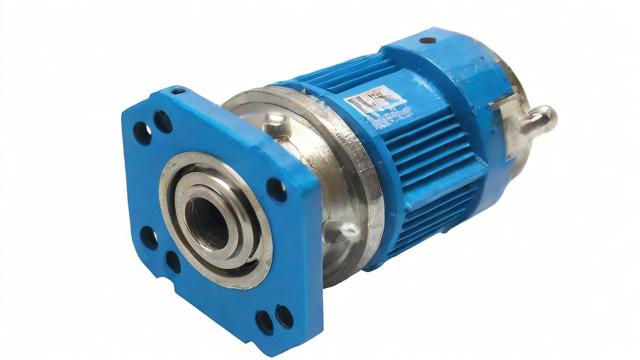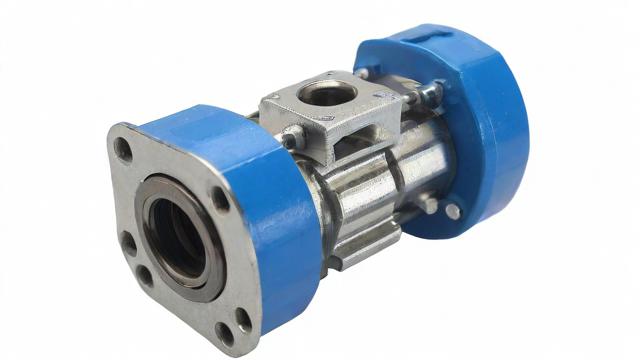How to express 变光继电器 in English?
Understanding Variable Relays

A variable relay, also known as a photoelectric or lightsensitive relay, is an electromechanical device that utilizes light to control the switching of electrical circuits. Unlike traditional electromagnetic relays which use magnetic coils for actuation, variable relays depend on changes in light intensity to operate. This unique feature makes them particularly useful in applications where light level variations need to be monitored and controlled.
Key Components of Variable Relays
1、Photoelectric Sensor: The heart of a variable relay, this component detects changes in light intensity. It typically consists of a lightemitting diode (LED) and a photodetector such as a photodiode or phototransistor. When the light intensity reaching the sensor surpasses a preset threshold, it triggers the relay's operation.
2、Relay Switching Mechanism: Once activated by the sensor, the relay mechanism switches the connected load. This can be either a singlepole or doublepole configuration, depending on the design requirements.
3、Control Circuitry: The control circuit interprets the signal from the photoelectric sensor and manages the relay's switching logic. It may include adjustable threshold settings to finetune the sensitivity of the relay to light changes.
4、Load Connection Terminals: These are the points where the external devices or loads are connected to the relay. They allow for easy integration into various electrical systems.
5、Power Supply Input: Variable relays require a power source to function, which is provided through these terminals. The voltage and current specifications should match the relay's requirements.
How Variable Relays Work

The operation of a variable relay can be broken down into several key steps:
1、Initialization: When power is applied, the control circuitry initializes and sets the baseline light intensity level.
2、Monitoring: The photoelectric sensor continuously monitors the ambient light conditions.
3、Comparison: The sensed light intensity is compared against the preset threshold value programmed into the control circuit.
4、Actuation: If the light intensity exceeds the threshold, the control circuit sends a signal to the relay switching mechanism.
5、Switching: The relay contacts change state, either opening or closing the connected load circuit based on the application requirements.
6、Feedback Loop (Optional): In some designs, a feedback loop might be present to ensure precise control over the load, adjusting the relay's operation dynamically as needed.
Applications of Variable Relays

Variable relays find applications in a wide range of industries due to their ability to respond to changing light conditions:
Automated Lighting Systems: Automatically adjust indoor or outdoor lighting based on natural daylight availability, enhancing energy efficiency.
Solar Power Management: Control the charging and discharging cycles of solar panels and batteries, optimizing energy harvest and storage.
Security Systems: Integrate with motion detectors and cameras that use infrared or visible light for enhanced surveillance capabilities.
Industrial Automation: Monitor and control processes where light levels are critical, such as in certain manufacturing or packaging lines.
FAQs about Variable Relays
Q1: Can variable relays be used in outdoor environments?
A1: Yes, variable relays can be designed and encapsulated to withstand harsh outdoor conditions, including exposure to moisture, dust, and temperature extremes. However, it's essential to choose models specifically rated for outdoor use and follow proper installation guidelines to ensure longterm reliability.
Q2: Are there any limitations to using variable relays?
A2: While versatile, variable relays do have some limitations. They may not be suitable for highspeed switching applications due to their inherent response time, which is typically slower than electronic solidstate relays. Additionally, they might require periodic maintenance to clean the sensor and ensure accurate light detection, especially in dusty or dirty environments. Lastly, their effectiveness is directly tied to the quality and stability of the light source they are monitoring, so inconsistent lighting conditions could impact performance.
作者:豆面本文地址:https://www.jerry.net.cn/articals/22508.html发布于 2025-01-26 21:50:20
文章转载或复制请以超链接形式并注明出处杰瑞科技发展有限公司
